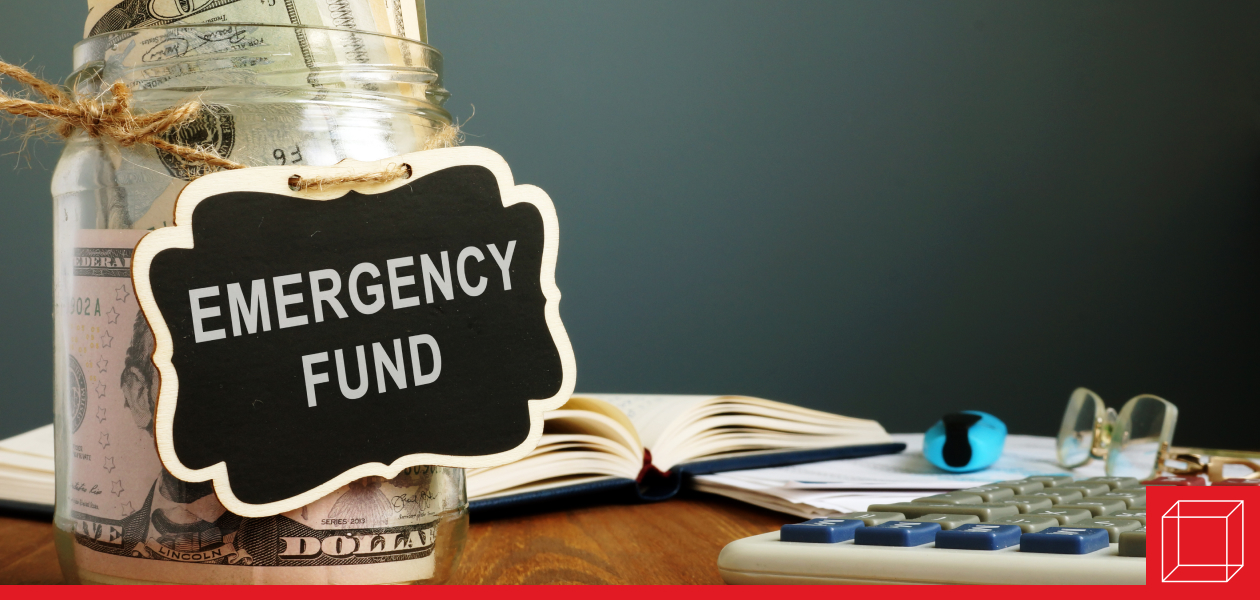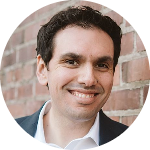Why You Need an Emergency Fund and How $500 Could Change Your Life
Unexpected expenses happen. Learn how just $500 in savings can protect you and how to build your emergency fund even on a tight budget.

Imagine your car breaks down, you lose your phone, or you suddenly must cover a surprise medical bill. Where would that money come from? If you don’t have an emergency fund, it might come from a credit card, a payday loan, or a loan from family or friends — all of which can lead to stress, debt, and financial strain.
But what if you had a simple buffer of just $500 set aside? That small amount can be a financial lifesaver in moments of crisis. In this blog, I’ll explain why you need an emergency fund, how even $500 can make a difference and practical ways to build one — even if you’re on a tight budget.
What Is an Emergency Fund?
An emergency fund is a stash of money set aside to cover unexpected expenses. It’s not for vacations, clothes, or last-minute concert tickets. It’s for true emergencies like:
- Car repairs: Flat tire? New brakes? Emergency fund to the rescue.
- Medical expenses: Insurance doesn’t always cover everything.
- Job loss: An emergency fund gives you breathing room if you lose your income.
The goal isn’t to build a massive fortune overnight. It’s to create a small financial cushion so you won’t be caught off guard.
Why $500 Is a Game-Changer
Many people think they must save thousands of dollars for an emergency fund, but that’s overwhelming. Here’s the truth: $500 is enough to make a real difference.
- Most emergencies are under $500. Need proof? According to a Bankrate survey, 57% of Americans can’t afford a $1,000 emergency, but most emergencies (like minor car repairs or medical bills) fall below $500.
- It’s achievable. Saving $500 feels possible. It’s a smaller, more motivating goal than “save 3-6 months of expenses.”
- It prevents debt. Without an emergency fund, you might rely on high-interest credit cards or payday loans, which create more financial stress.
If $500 feels like a stretch, don’t worry. Next, I’ll show you how to build it.
How to Build an Emergency Fund (Even on a Tight Budget)
Don’t have $500 lying around? No problem. Here are three simple strategies to get you there.
1. Start Small (and Make It Automatic)
You don’t have to save $500 overnight. Start with $5, $10, or $20 at a time. The easiest way to do this is to automate it. Here’s how:
- Set up automatic transfers from checking to savings on payday.
- Apps like Chime and Ally make it simple to automate transfers and round up your purchases to the nearest dollar to boost your savings.
- Start with $25 per paycheck—$50 a month—and you’ll have $500 in 10 months.
2. Use "Found Money"
Sometimes, extra cash shows up unexpectedly, like:
- Tax refunds: Instead of spending it all, set aside part of it for your emergency fund.
- Cash gifts: Birthdays, holidays, or graduation cash can go straight to your fund.
- Side hustle income: Got a side gig? Commit a percentage of your extra cash to your emergency fund.
- Cash Back rewards: If you have a credit card providing cashback, put that amount into your emergency fund.
Pro Tip: Every time you get "found money," put at least 50% into your emergency fund. You’ll still have some to spend, but your savings will grow faster.
3. Sell What You Don’t Need
Look around your home — you probably have stuff you don’t use. Old clothes, gadgets, or furniture can turn into cash quickly.
- Use apps like OfferUp, Facebook Marketplace, or Poshmark to sell unwanted items.
- Even if you only make $20 here and $50 there, it adds up fast.
Where to Keep Your Emergency Fund
Your emergency fund should be accessible, but not too accessible. You might be tempted to spend it if it’s too easy to access. Here’s where to keep it:
- Separate Savings Account: This is the most common choice. If possible, keep it in a different bank account than your checking account so it’s "out of sight, out of mind."
- High-Yield Savings Account (HYSA): Earn interest while you save. Some online banks and financial institutions offer HYSAs with higher interest rates than traditional banks.
What Not to Do:
- Don’t keep it in your checking account — it’s too tempting to spend it.
- Don’t invest in the stock market — emergency funds must be safe and stable.
Key Takeaways
- An emergency fund is your personal safety net for life’s unexpected expenses.
- You don’t need to save thousands — just $500 can change your life.
- Build your fund using small, automatic savings, "found money," or selling unused items.
- Keep it in a separate, safe savings account so it’s ready when needed.
Reflection Questions
- If you had an extra $500 right now, how would it change your financial situation?
- What’s one strategy from this blog that you’ll use to build your emergency fund?
- Have you ever had an unexpected expense (like a car repair) that caught you off guard? How did you handle it?
Starting an emergency fund doesn’t have to be complicated. You can start small and build it over time. The key is to start today. By automating your savings, using “found money,” and selling old items, you’ll have that $500 buffer faster than you think. And when life throws you a curveball, you’ll be ready.



